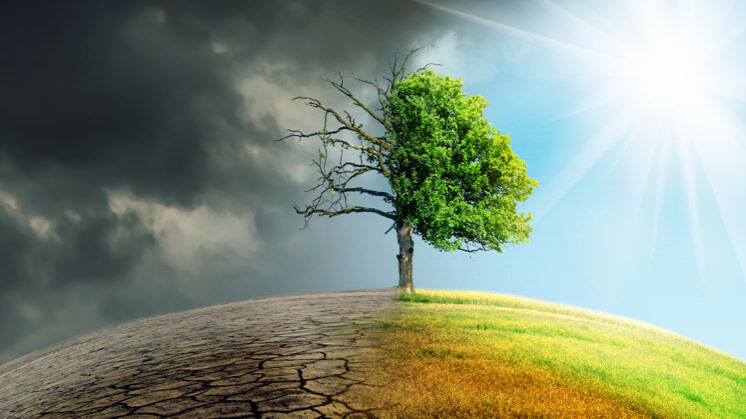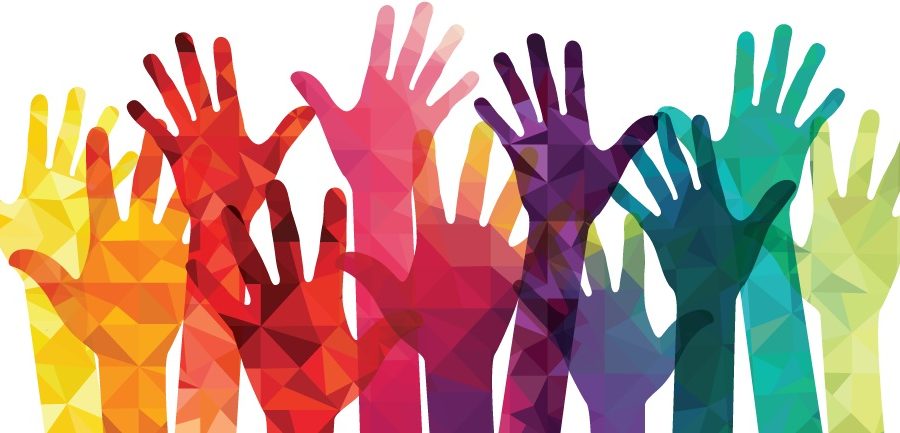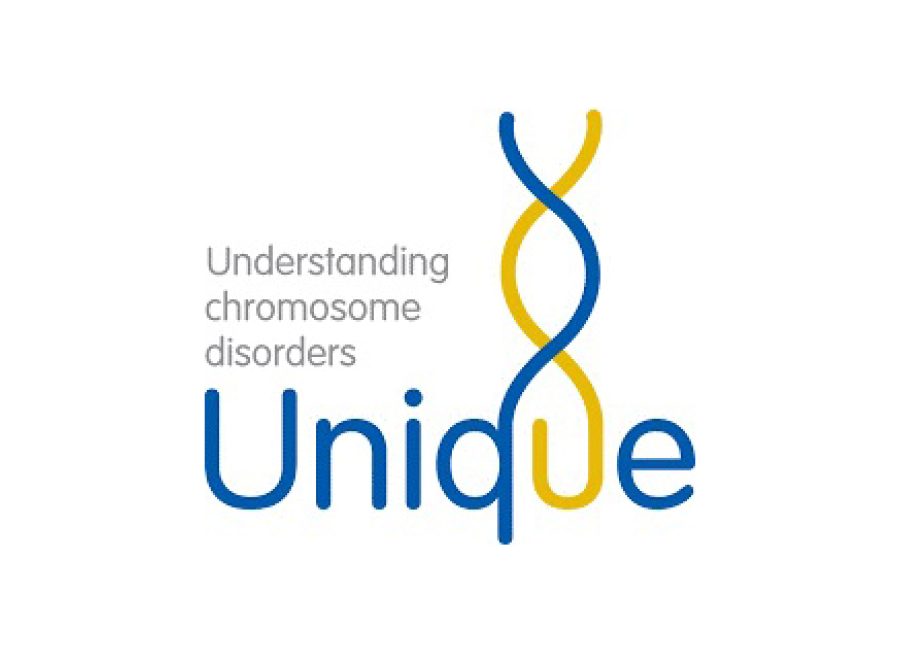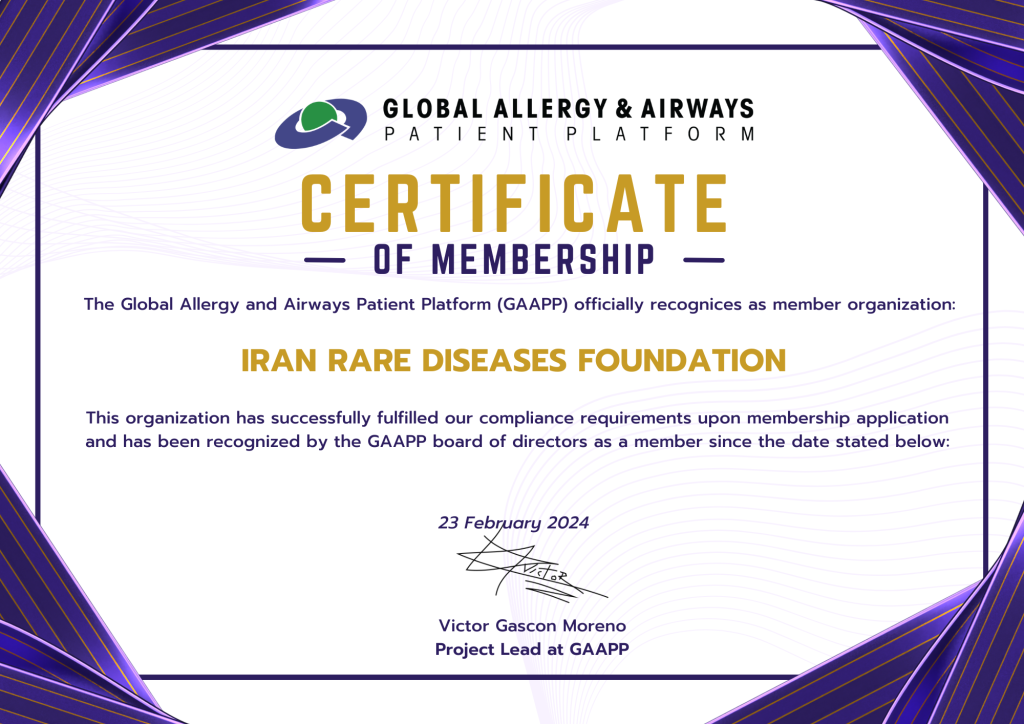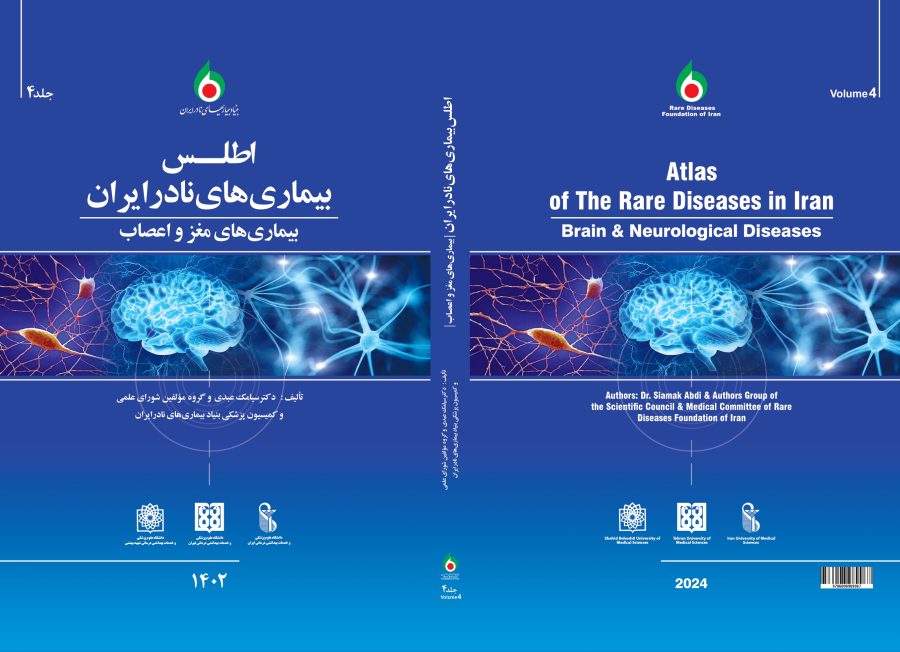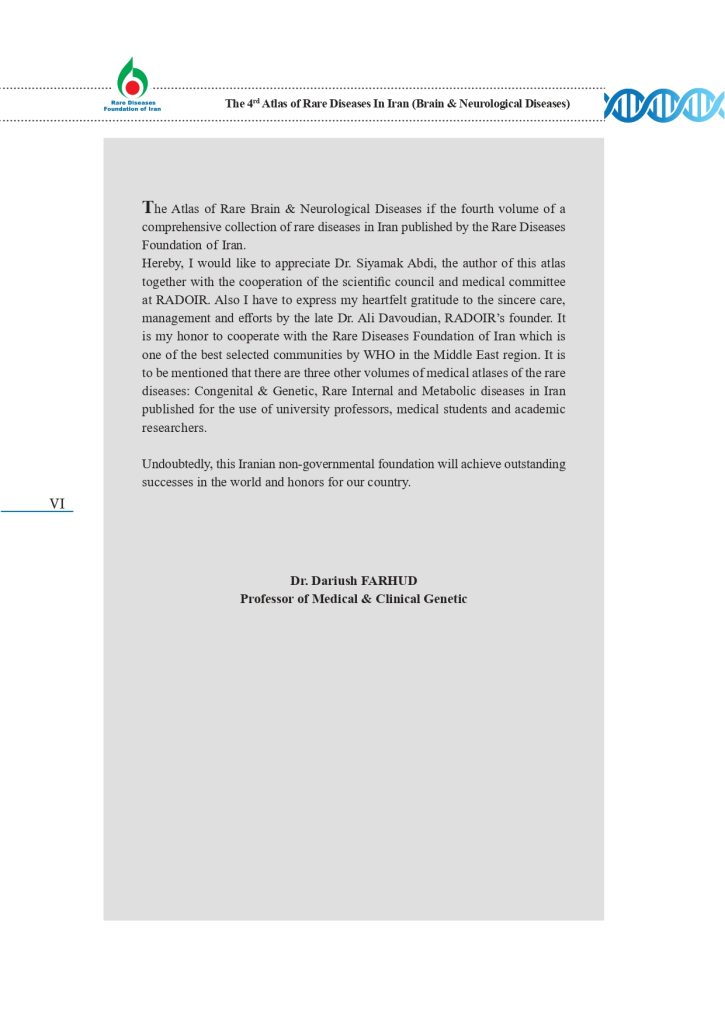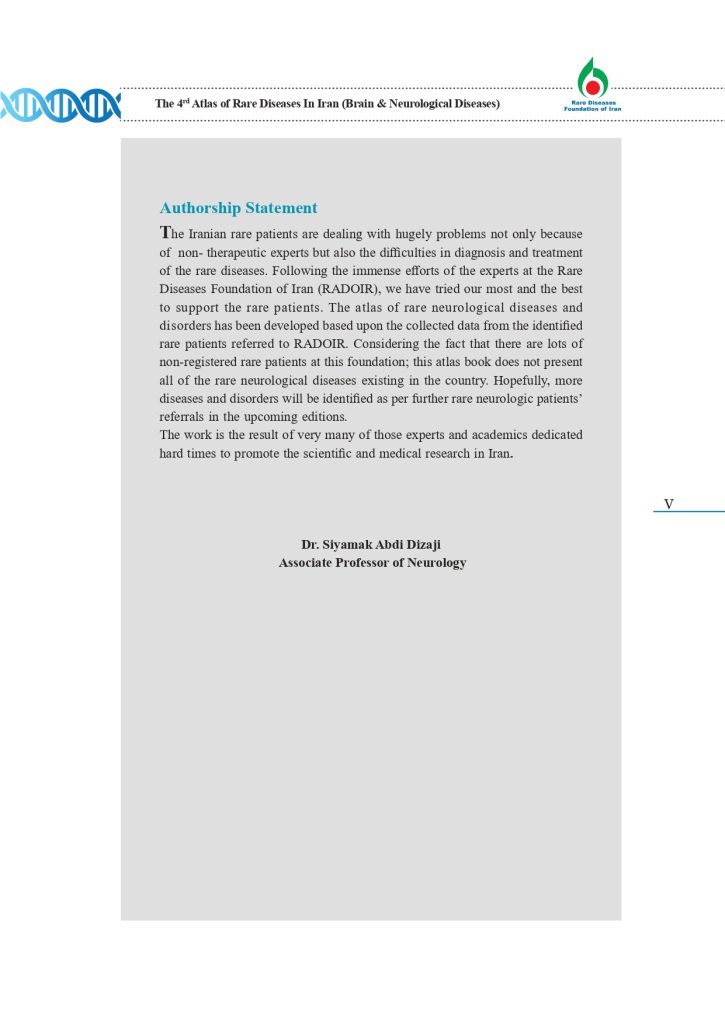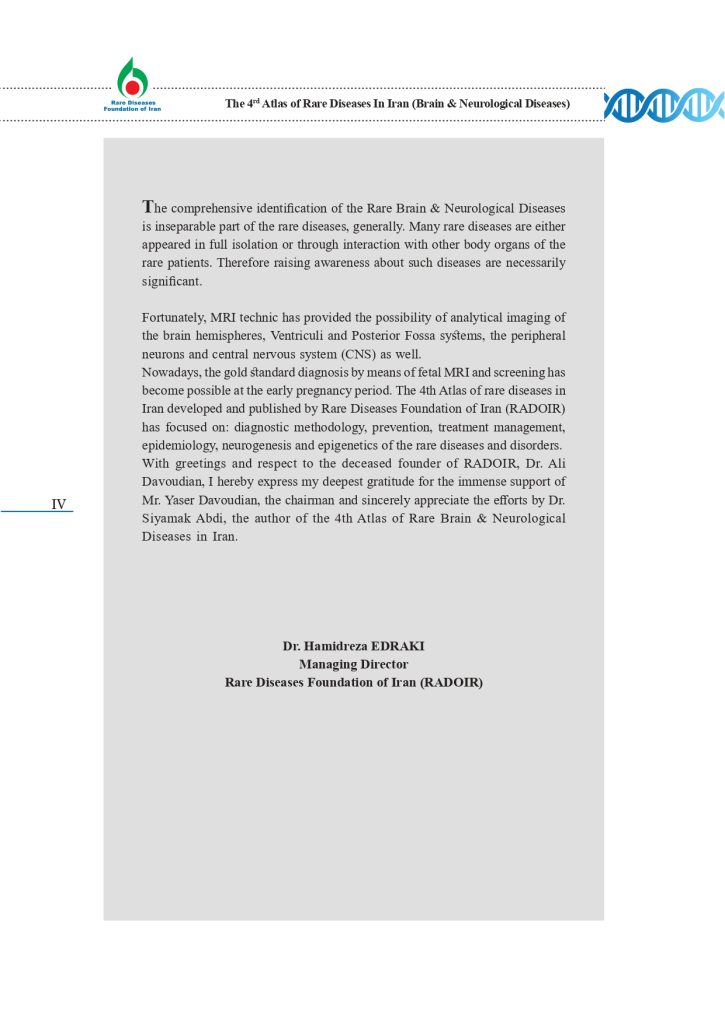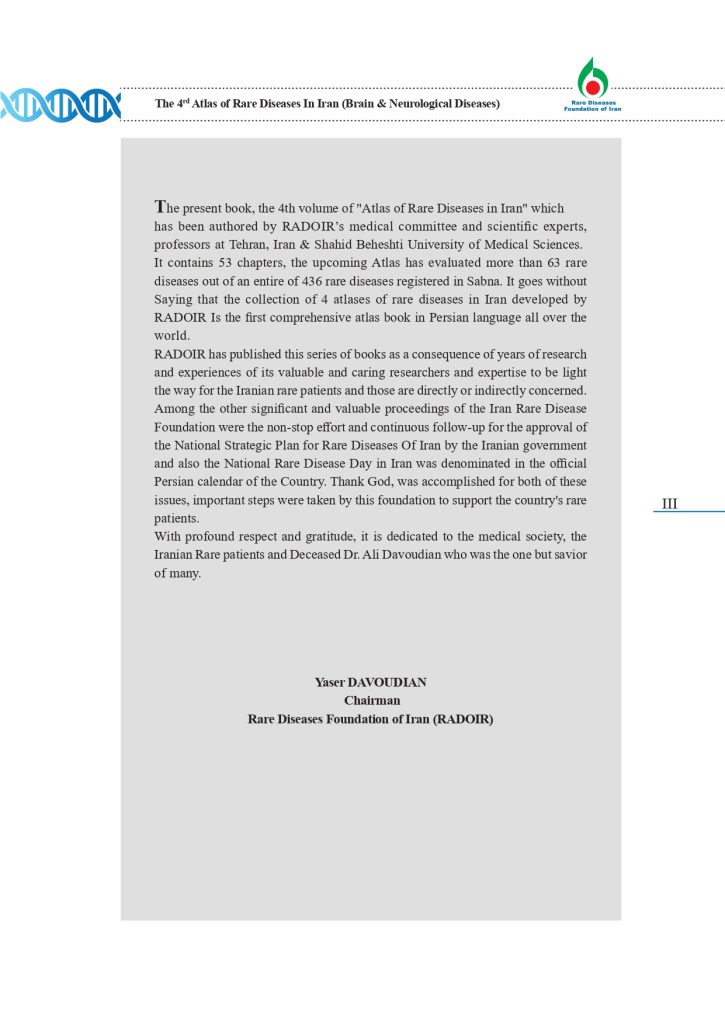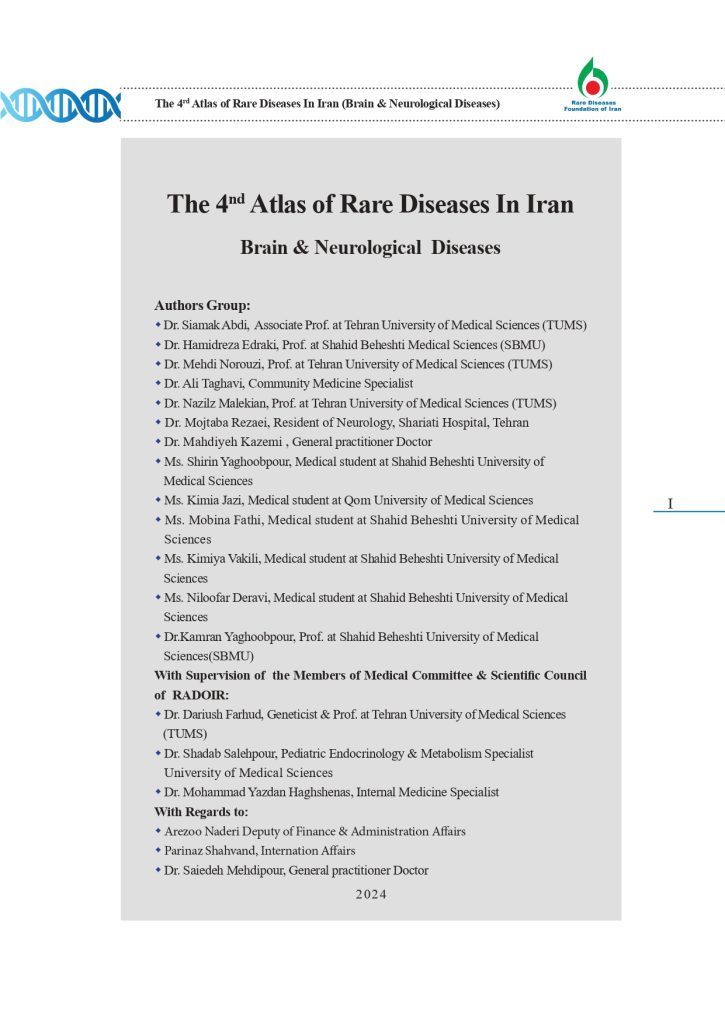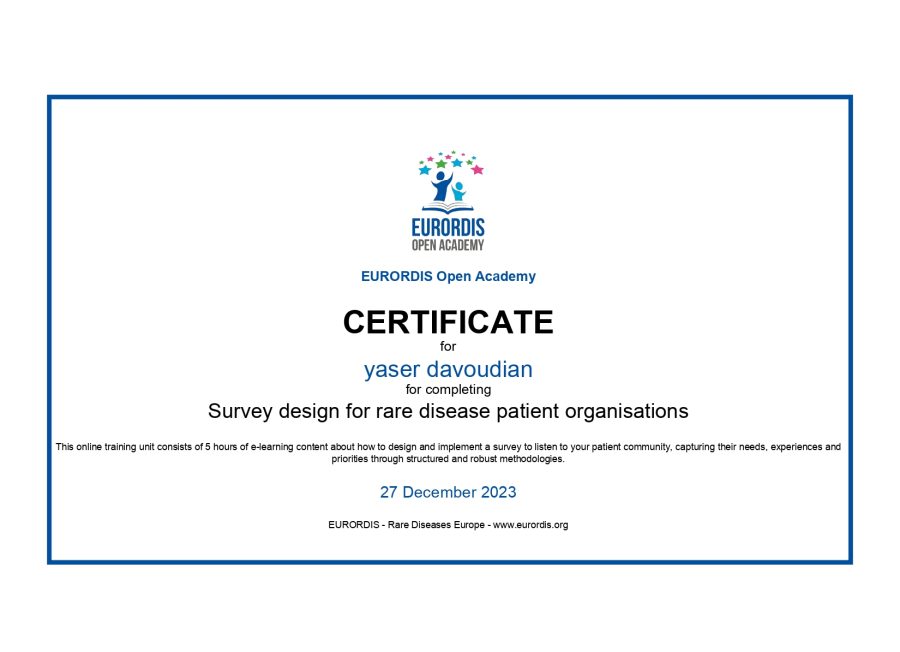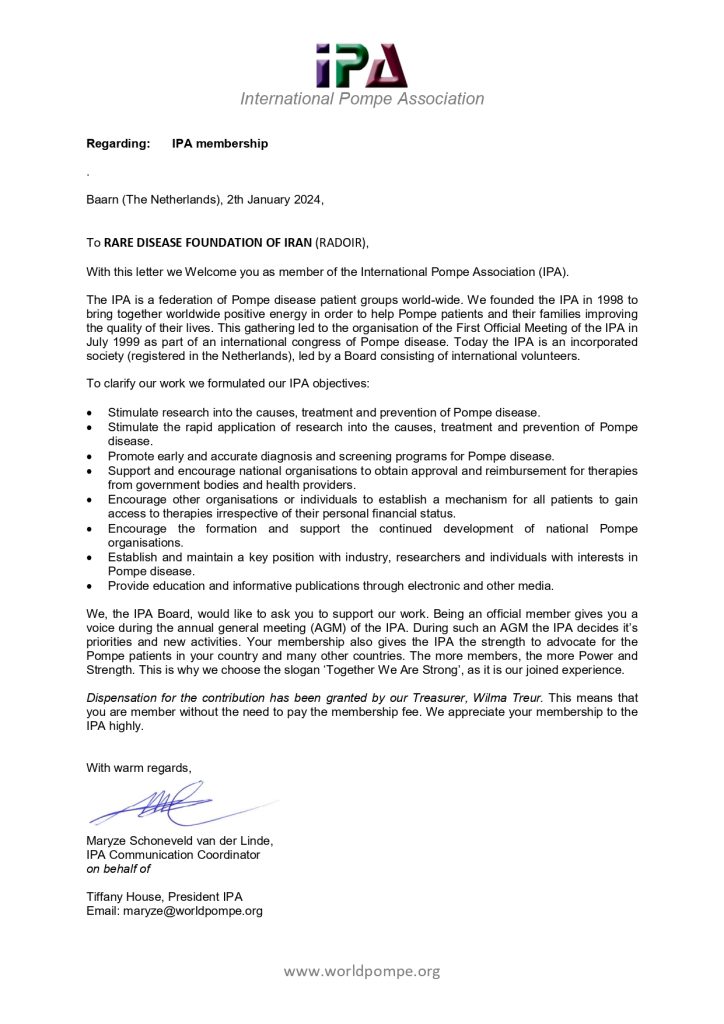Rare disease patients, with praiseworthy will and admirable determination, teach the
true meaning of courage to the society ./ With all our capacities and potentials, we
will stand by them in order to make them a life with hope and dignity.
Mr. President, emphasising that awareness of challenges which rare disease
patients and their devoted families are faced with, imposes a greater responsibility
on us, clarifies that ; providing vital medicines, access to appropriate healthcare
services, supporting scientific research and providing an infrastructure and a
framework to enhance and facilitate their living conditions , are the responsibilities of
the government and society.
Dr. Masoud Pezeshkian, in his message on the occasion of National Rare Diseases
Day, emphasized the sincere efforts of the Rare Diseases Foundation of Iran and all
physicians, specialists, benefactors, and non-governmental organizations that play
an unparalleled role in serving patients with rare diseases. He stated: The
government will exert all efforts to strengthen and support these rare disease
patients, the Rare Diseases Foundation of Iran, and other related institutions to
provide better services to these dear individuals.
The text of the President’s message is as follows:
In the Name of God, the Most Compassionate, the Most Merciful
Today, in moments when life has tested you with rare and difficult challenges,
speaking to you is both an honour and a profound responsibility for me. You, dear
ones who struggle with rare diseases, are not only symbols of patience and
resilience but also teach us how far human determination can go in the face of
adversity.
Despite all the hardships life has placed in your path, you continue to live with hope,
fight with love, and, with admirable determination, teach society the true meaning of
courage. You are not merely patients of this land; you are valuable human assets
and role models for our society.
Undoubtedly, awareness of the challenges you and your devoted families are faced
with, increases our responsibility toward you. Providing vital medicines, access to
appropriate medical services, supporting scientific research, and creating a platform
that facilitates your lives are the duties of both the government and society. I pledge
to you that the government of the Islamic Republic of Iran will stand by you with all its
capacities so that you can live a life of dignity and hope, free from worry. In this
journey, the Rare Diseases Foundation of Iran, along with all physicians, specialists,
benefactors, and non-governmental organizations, plays an unparalleled role in
serving you. We honour these sincere efforts and will exert all our efforts to
strengthen and support these rare disease patients, the Rare Diseases Foundation
of Iran, and other related institutions to provide better services to you.
Iran is a country that, in its most challenging days, has drawn strength from the
determination of its people and emerged victorious from crises. You, with your
patience, hope, and steadfastness, are part of this noble spirit. We will not allow
difficulties to bend your unwavering resolve. Rest assured that no effort will be
spared in improving the quality of your lives.
This is Iran, the land of compassion, the land of people who never leave their fellow
citizens alone. Together, our hands will form a chain of hope and support. You are
not alone. May we, through our unity, create brighter days for the rare disease
patients of this land.
Masoud Pezeshkian
President of the Islamic Republic of Iran











